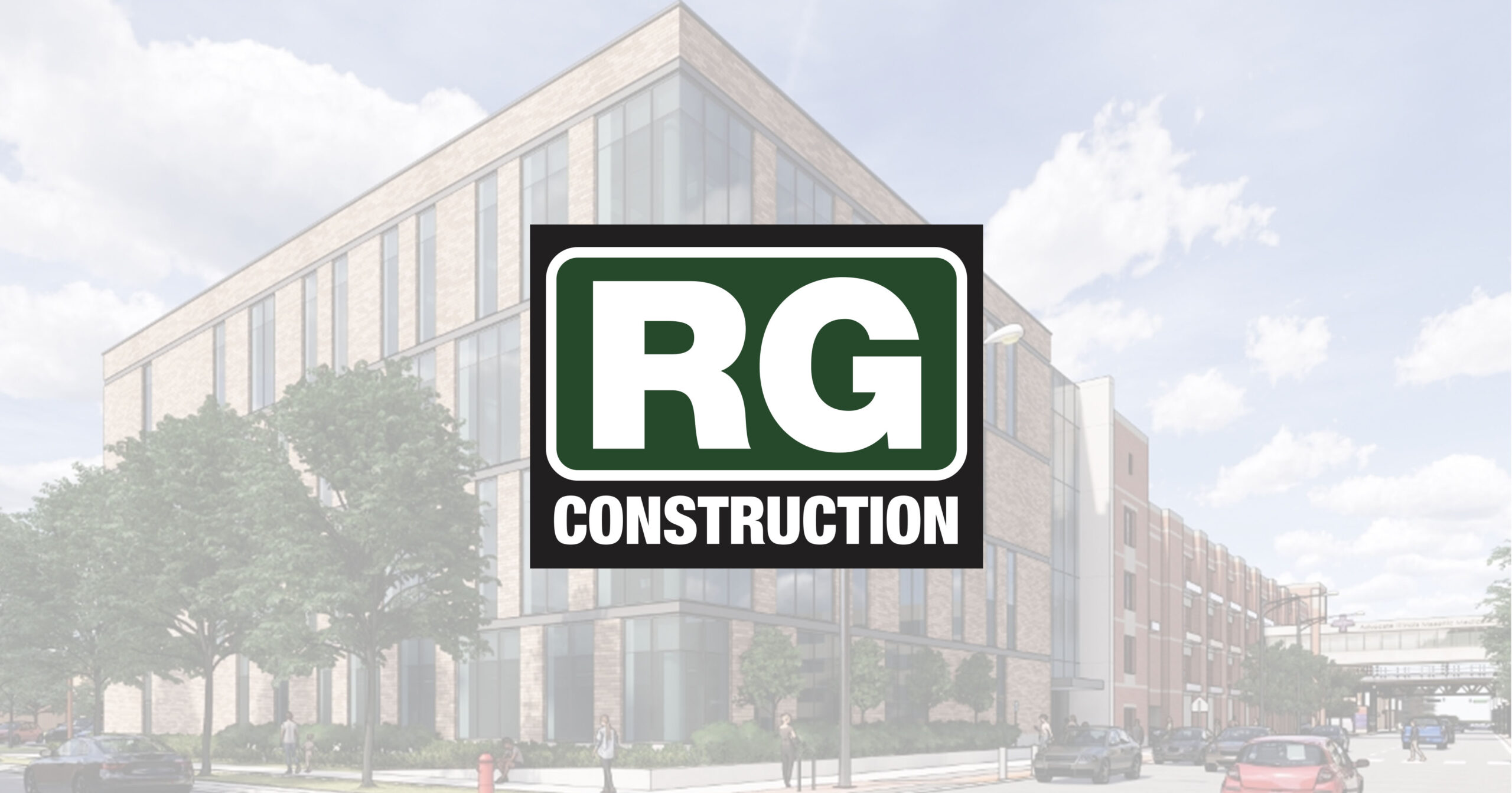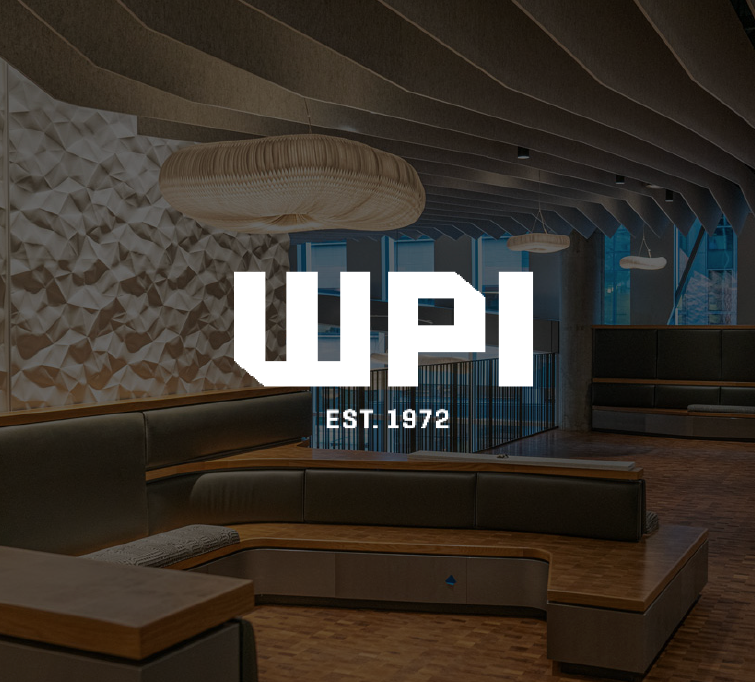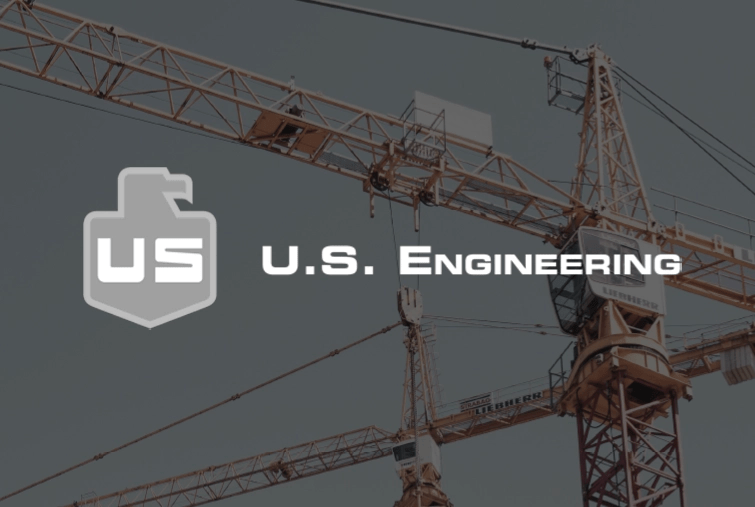Founded in 1977, RG Construction Services, Inc. is one of the largest wall and ceiling contractors in Chicagoland and Northern Illinois, with the ability to self-perform nearly every wall and ceiling service. RG Construction offers its specialty drywall services in residential, workplace, healthcare, hospitality, entertainment, education, and civic projects.
RG Construction was struggling with its manual progress documentation process and needed a faster, more reliable method. The company understood that reliable progress tracking would facilitate on-time payments and ensure better adherence to lean construction principles, and wanted to explore technologies that could deliver these benefits intuitively and efficiently. The company went with OpenSpace because, in addition to meeting the initial use cases, teams can view the progress of the project and see through walls on any given date, which is proving to be particularly helpful with highly-regulated healthcare projects.
Read this case study to learn how, working with OpenSpace, RG Construction has saved at least 40 hours a month with remote monitoring and can track progress at least 10x faster. The faster progress tracking has also made payment approvals easier and is helping to keep projects within budget. Most importantly, RG Construction is recognized as a tech-savvy and data-driven company—and is winning new business because of it.
Goal: Introduce Reliable, Scalable Progress Tracking
A specialty drywall contractor based in Chicago, RG Construction struggled with manual progress tracking because of how onerous it was. (Someone would have to walk the site with a clipboard and the plan, make notes with a highlighter, and return to the office to do the takeoff and figure out the installed footage.) Including travel to the site and back, it would take at least four hours each time.
The company understood that reliable progress tracking would deliver several benefits, including facilitation of on time payments and better adherence to lean construction principles, and wanted to explore technologies that could make it possible in a time-efficient way.
On top of this, RG’s Director of Innovation and Technology, Luther Lampkin, was focused on identifying a solution that would be intuitive to use. “I always have to consider whether a technology is simple and repeatable enough for team members of all age ranges to very easily and seamlessly understand it,” he said.
It’s the holy grail for trade contractors to have consistent data points that are easily quantifiable to identify your percent complete based on where you are in the project.
Strategy: Use OpenSpace Track for Progress Tracking, QA/QC and More
After vetting multiple photo documentation solutions, Lampkin recommended OpenSpace—in large part because it wasn’t a “one-trick pony.”
“From the start, we saw OpenSpace as a great QA/QC tool because of the ability to compare specific areas of the site on different dates and the BIM integration,” said Brian Garcea, an RG Principal and part of the third generation of the family-owned business. “The applications of it beyond getting captures and being a CYA tool were very compelling.”
Another key differentiator was ease of use. “Every person in our company, whether they’re in their 60s or 20s, knows how to use it,” Garcea said. “When I got my father and uncles on OpenSpace and heard them call it the best thing ever, we knew we’d hit on something. It’s letting them do things they’ve wanted to do forever, like follow the progress of a jobsite that’s four hours away on a daily basis.”
RG has been an avid user of OpenSpace’s Progress Tracking feature on job sites such as the Illinois Masonic Medical Center. It works via AI classifiers, which are trained to recognize framing, drywall and other items and compare progress between captures. Results are then mapped to plans and referenced to takeoffs to generate quantities and percent completes.
“It’s the holy grail for trade contractors to have consistent data points that are easily quantifiable to identify your percent complete based on where you are in the project,” Garcea said.
OpenSpace has been extremely useful on highly regulated healthcare projects in particular. In cases where inspectors want to confirm that fire stop joints or life safety details were installed correctly in congested ceilings, RG can simply show the OpenSpace captures from before the pipes and ductwork were put in.
“Without those captures, we’d have to open up the ceiling and get someone to crawl in with a flashlight to show the inspector,” said Bessert, “and we’d probably have to pay field labor to do that.”
When I first saw the projection, it looked like we were going to be 20% over budget. We ended up 10% to 15% under budget.
Results: On-Time Payments and Greater Operational Efficiency
“OpenSpace is the single best tool we’ve had in terms of jobsite information,” Garcea said. “Having real-time insight into our progress that lets us quickly adjust how we’re working in the field is what lean is all about. It’s an invaluable tool for our company.”
RG is seeing strong results from OpenSpace in the following areas:
Facilitation of payments: Because of how accurate Progress Tracking is, RG always knows how budget hours are tracking against actual hours. “It’s easy for us to show when we’re ahead of schedule and tracking better than production,” Garcea said. This, in turn, makes it easier to get invoices approved in a timely manner.
Greater ability to stay within budget: In cases where RG may not be meeting their planned productions, Progress Tracking helps them quickly course-correct. On his first OpenSpace project, Senior Estimator/ Project Manager Adam Bessert discovered that their hours spent for a portion of their partition framing work were significantly more than anticipated. He found this was due to how the team was leveraging a certain technology and steered them to use it more efficiently. “Without OpenSpace, we might not have caught it until the entire floor was framed,” Bessert said. “When I first saw the projection, it looked like we were going to be 20% over budget. We ended up 10% to 15% under budget.” The Illinois Masonic Medical Center project they’re currently wrapping up had a $30 million budget and will come in $1 million under that, which enabled the owners to buy a $400,000 scheduling system they wanted. Though RG was only one of the trades, OpenSpace helped them to do their part to stay under budget.
Adherence to lean building principles: RG is involved in an increasing number of projects that operate on the Integrated Project Delivery (IPD) model, which rewards operational efficiency and cutting waste. Progress Tracking helps them adhere to lean principles while providing real-time feedback to owners and other trade partners on how they are executing on the project. “In the IPD format, we win when there’s a more efficient way to build,” Garcea said.
Speed and convenience: Bessert uses OpenSpace in part to track progress in terms of manpower and productivity. This helps ensure the right tradesmen are on the job and resources are allocated properly across projects. He sits at his desk and does it in 30 minutes. “I can look at select partitions that have been framed and different conditions, and I don’t have to take four hours out of my day to go to downtown Chicago and walk around the site,” he said.
Building a competitive advantage: Lampkin believes OpenSpace has helped RG win some of its current projects by enhancing its reputation among GCs and owners. They’re increasingly seen as a technology savvy company with data-driven decision-making processes. “On active projects, owners are looking to us to set up OpenSpace for them,” he said. “They’re looking to us more as a trusted partner, since we’re adding value in new ways.”
40 hours
10X faster



